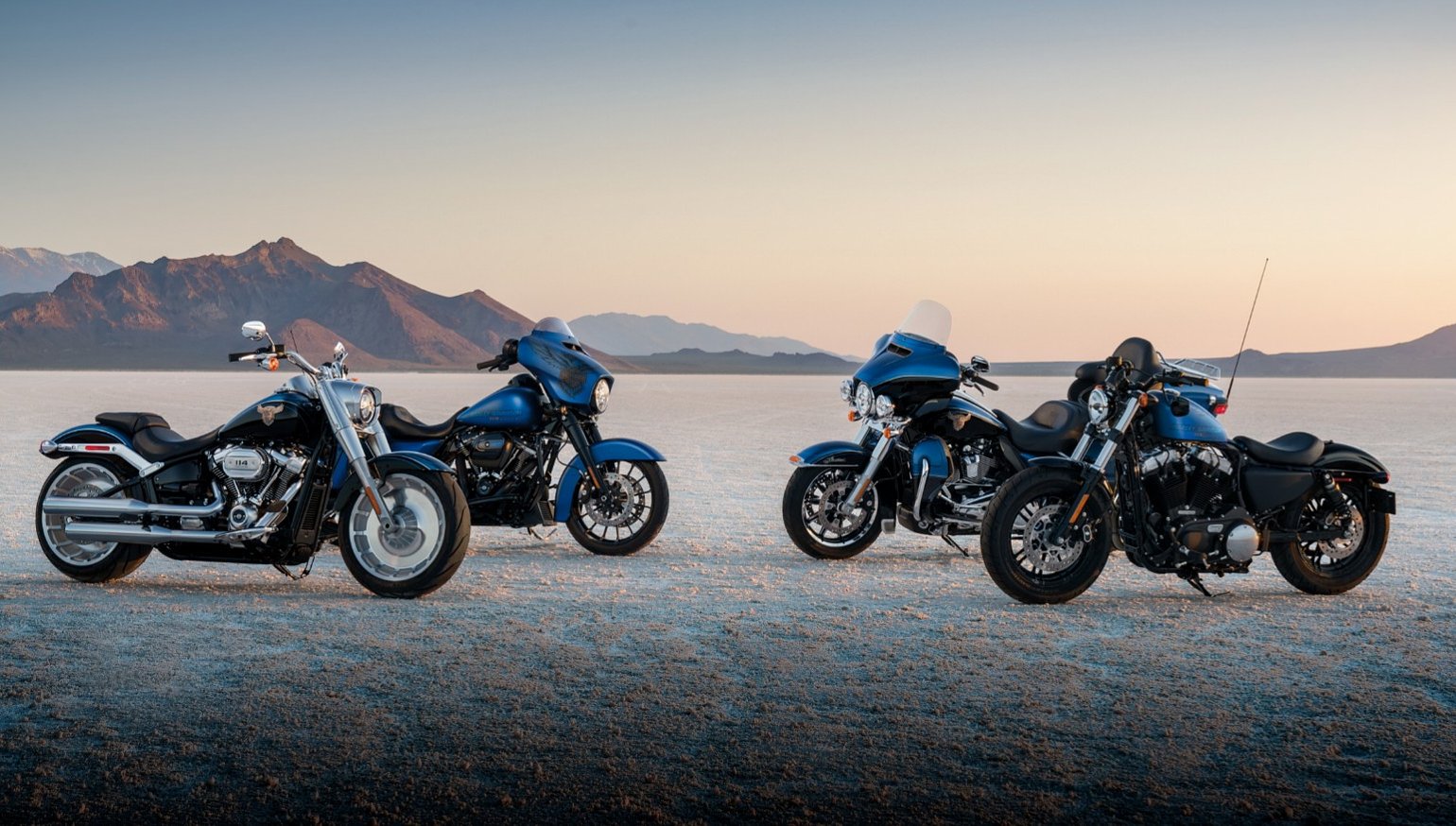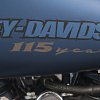For years, the major U.S. motorcycle manufacturers built nothing but heavyweight cruisers and traditionally styled, V-twin touring bikes. Now that those motorcycles are increasingly out of favor, Harley-Davidson and Indian are paying the price, both literally and figuratively.
As part of its earnings report issued today, Harley-Davidson said U.S. motorcycle sales were down 10.2 percent in 2018 and down 6.1 percent worldwide, as a 0.4 percent increase in international sales helped offset the U.S. decline. Numbers were also soft in the fourth quarter, with U.S. sales down 10.1 percent and international sales down 2.6 percent compared to the same period in 2017. Harley-Davidson's fourth-quarter profit was less than half a million dollars, compared to $8.3 million a year ago.
The picture is a little different at Polaris, but it still does not show encouraging growth. Motorcycle segment sales were down 15 percent in the fourth quarter, but that was mostly due to a steep drop in sales of the Slingshot three-wheeler. Indian sales "increased slightly" and Indian gained market share in the 900 cc and up segment, as overall sales of big bikes declined by double digits.
Both companies said they were hurt by the trade disputes launched by the Trump administration. Tariffs on raw materials and retaliatory European tariffs on U.S. motorcycles hit Harley-Davidson and Indian from both sides. Polaris said that among the reasons its motorcycle segment profits fell to $2 million in the fourth quarter of 2018 from $8 million the year before were "tariff costs and higher logistics and commodity costs." Harley-Davidson said it would have earned $0.17 per share (more than $27 million) in the fourth quarter "excluding restructuring plan costs (including manufacturing optimization) and the impact of incremental tariffs."
Harley-Davidson reported that its U.S. market share in street motorcycles above 600 cc is now 49.7 percent.

Harley on the wrong side of a generational divide
Several days ago, UBS analyst Robin Farley issued a research report suggesting that Harley and Indian have a problem beyond the aging of their customers. A survey cited in the report noted that while older customers see riding as a hobby, young people take to motorcycles for "ease of transportation." If you're a 20-something urban dweller looking for a fun and affordable way to get around the city, a small motorcycle makes sense. About the only thing Harley-Davidson has to offer is the unremarkable Street 500, which still costs nearly $7,000. Meanwhile, Honda offers more than a dozen street-legal models of 500 cc or less, just to note one competitor.
Harley-Davidson has made efforts to diversify. A little more than a decade ago, the company was producing Buell sport bikes and bought MV Agusta. But when the financial crisis slashed U.S. motorcycle sales in half, Harley-Davidson leadership made the decision to focus on its "core customers" and stick to building V-twin cruisers and touring bikes. MV Agusta was jettisoned and Buell was shut down.
Compare Harley-Davidson to another global motorcycle manufacturer that charges premium prices. BMW recently reported an eighth consecutive year of record sales, although just by a whisker. Sales were up 0.9 percent in 2018 to 165,566 motorcycles and scooters. BMW has diversified more than Harley, building its G 310 line in India and introducing its C evolution electric scooter ahead of Harley's LiveWire electric motorcycle.
On the positive side, Harley-Davidson has made sales gains among women riders and is vowing to expand its lineup, including in electric bikes. But for now, Harley-Davidson isn't making the kinds of motorcycles most young people want to buy and its core customers are aging out.
If cruisers in general are declining in popularity, if young people prefer motorcycles that are lightweight and affordable, if older riders are aging out or downsizing to smaller bikes, if there are fewer well paid blue collar workers who can afford a premium motorcycle, and if brands like BMW are capturing more white collar workers, is it any surprise Harley-Davidson's sales of heavyweight cruisers and touring bikes continue to slide?











